Feiyufu (Chinese: 飞鱼服 ; pinyin: fēi yú fú) is a type of traditional Chinese clothing that first appeared in the Ming dynasty.
Feiyufu is also a special name that generally refers to robes (commonly tieli) decorated with patterns of feiyu (Chinese: 飞鱼 ; pinyin: fēi yú) or flying fish (although flying fish is not the definition of flying fish in the dictionary).
The name feiyufu does not refer to any particular style of hanfu, but all hanfu is decorated with embroidered feiyu or flying fish. Called feiyufu, it only limits the style of the pattern, not the style of clothing.
Feiyu embroidery designs
The flying fish decorations look very similar to the python (mang) pattern on mangfu (Chinese: 蟒服 ; pinyin: mǎng fú ; lit. python robe), but are feiyu decorations of dragon-like creatures with wings and a tail fanning a fish.
Construction and design
The feiyufu is usually a tieli (a robe with a jiaoling collar, with wide or narrow sleeves and a hem below the waist) decorated with feiyu patterns.
History
Ming dynasty
Feiyufu appeared in the Ming dynasty and is unique to the Ming dynasty.
In the Ming dynasty, the buzi on the changfu (Chinese: 常服 ; pinyin: cháng fú, work clothing) of officials was patterned with birds and animals.
In the 24th year of Hongwu of the Ming dynasty (1391), Zhu Yuanzhang ordered the officials to standardize buzi in the changfu. Their rank could be judged by various beast patterns.
a. First and second-rank civil officials used cranes and golden pheasants, and military officials used lions.
b. Civil officials of the third and fourth ranks use peacocks and wild geese, and military officials use tigers or leopards.
c. Fifth-grade civil officials use white silver pheasants, and military officials use bears.
d. Civil officials of the sixth and seventh ranks use cranes or mandarin ducks, and military officers use panthers.
e. Ranks eight and nine civil servants use the oriole, quail, and paradise flycatcher, and military officials use rhinos and seahorses.
However, the feiyu pattern does not exist in the official buzi, as it is not part of the official uniform system.
Feiyufu is also one of the ci fu.
Cifu (Chinese: 赐服 ; pinyin: cì fú) is a clothing system. The emperor would reward meritorious people with crowns and clothing to show kindness. The clothes given were usually higher than the rank of the recipient.
It is a great honor to receive such an award.
Feiyufu is the second type of luxury clothing after mangfu.
In the Ming dynasty cifu system, the highest level pattern is Mang (蟒, python), the second is Feiyu, then Douniu (斗牛), and Qilin (麒麟), so clothes with these patterns are called: mangfu, feiyufu, douniufu, qilinfu.
Who can wear feiyufu?
One of them is the cifu mentioned before because it is a garment gifted by the emperor, so only a few people can wear it.
However, feiyufu is also considered one of the symbols of jinyiwei (Chinese: 锦衣卫 ; pinyin: jǐn yī wèi).
But not all jinyiwei can wear feiyufu, and only senior jinyiwei officers can wear it.
The history and origins of feiyufu and jinyiwei
In addition to the functions of collecting military intelligence, reconnaissance, and arrest, jinyiwei also has a guard and ceremonial functions. Because of this special nature, they carry relatively great authority to dress.
In the Ming dynasty, when the emperor held large rituals and other activities, jinyiwei commanders could wear mangfu or feiyufu, wear wusha mao, and xiu chun dao.
Although there was an explicit system of official uniforms and cifu uniforms in the Ming dynasty, it was very confusing in practice.
More than once, there are records of buzi being used outside of their rank and being abused in historical records.
In the mid and late Ming dynasties, like mangfu and feiyufu, this seemingly noble dress was not only abused among officials, but even common people began to imitate it.
In addition, the feiyufu became not only a men’s costume but was also frequently seen in portraits of women in the Ming dynasty. Most of the styles are round-neck (yuanling) robes, there are also cross-neck (jiaoling) robes, and various other shapes.
At first, these clothes were mainly worn by noblewomen (with titles), in the mid and late Ming dynasty, such as mang, feiyu, and other patterns appeared more and more frequently on women’s clothing in general, even ordinary girls who were about to get married would also wear fengguan, “cifu”, and xiapei.
About jinyiwei
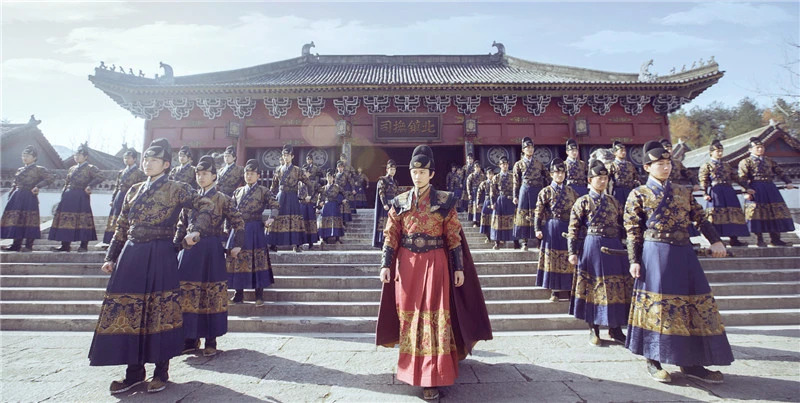
Jinyiwei in Chinese drama “Under The Power 锦衣之下“
Jinyiwei (Chinese: 锦衣卫 ; pinyin: jǐn yī wèi) is the intelligence agency of the Ming dynasty, whose main functions are “protecting the emperor and capturing reconnaissance” and collecting military intelligence and fighting enemy generals.
The jinyiwei originated as early as 1360.
Influenced by film and television works, many people think of pure jinyiwei as “secret service agents”, each with high martial arts skills, but this is not the case.
During the early Ming dynasty, Zhu Yuanzhang did have strict selection criteria, and the jinyiwei had to be selected from among the good people who were strong and had no bad records.
However, as time went by, the selection criteria were no longer strict, and some people who favored flattery and power, as well as aristocrats, gradually occupied the positions of high-ranking officials of jinyiwei.
In addition, the jinyiwei had to follow the emperor’s dispatches strictly, and they could only arrest and interrogate prisoners without going through normal court procedures if the emperor ordered them to do so.
The reason why the feiyufu is so exquisitely made is also a direct result of the status of the jinyiwei.
The head of the jinyiwei, “Commander”, was the emperor’s confidant and occupied the official position of the third rank. The other officials of jinyiwei are ranked from fourth grade to seventh grade.
The jinyiwei is not distinguished by its official position by the color of its clothing but by the ya pai (Chinese: 牙牌 ; pinyin: yá pái) accessories.
During the early Sui and Tang dynasties, officials, apart from the official uniform, wore the yu dai (Chinese: 鱼袋 ; pinyin: yú dài).
And in the Ming Dynasty, yu dai was abolished and replaced with ya pai.
It cannot be denied that feiyufu is still very much loved today, and has been enjoyed by hanfu lovers, not only for its impressive appearance but also for feeling the heroic spirit of the ancient martial arts styles.

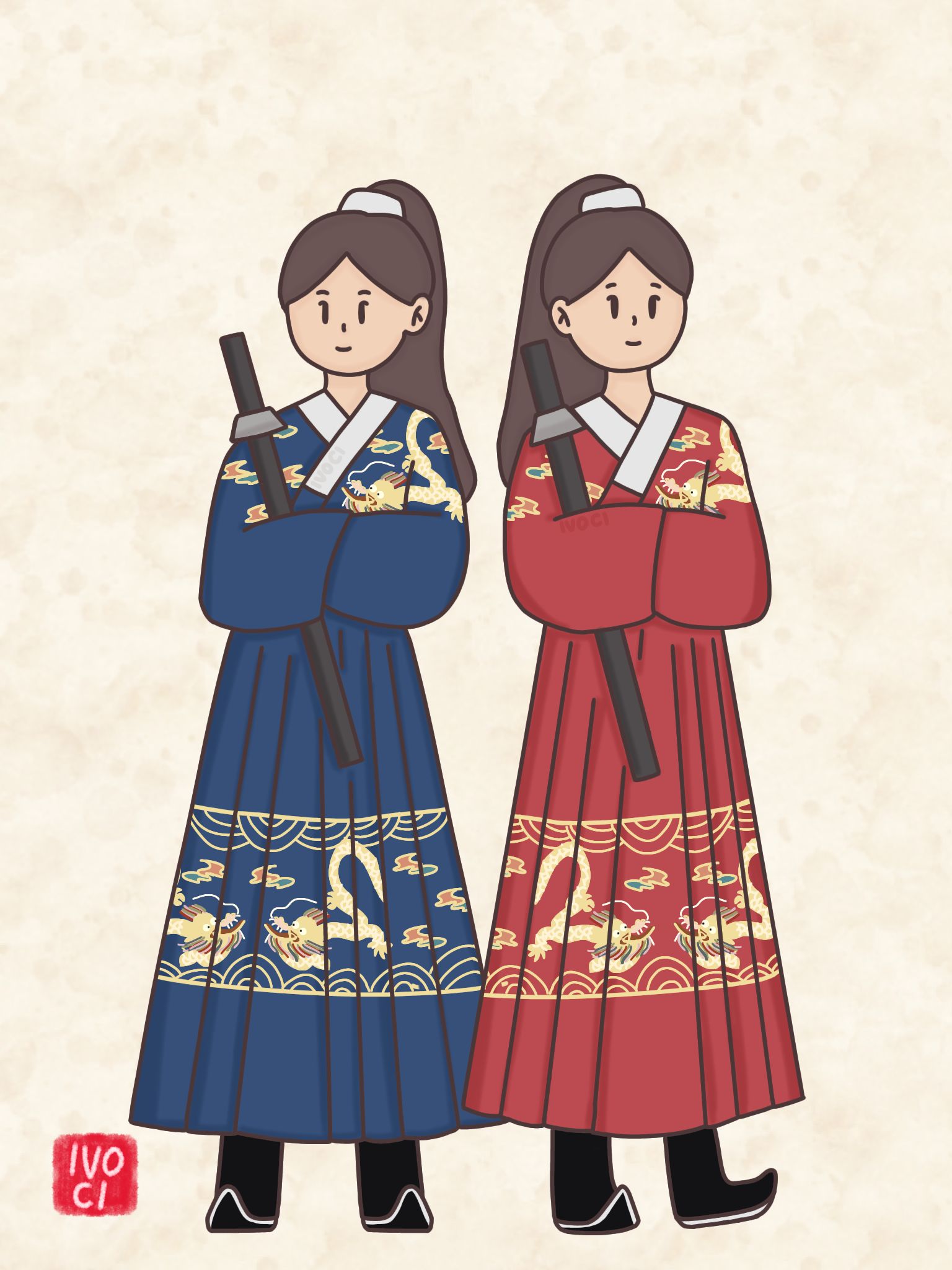
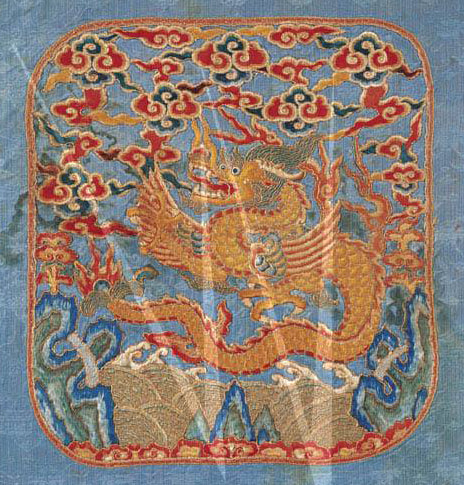
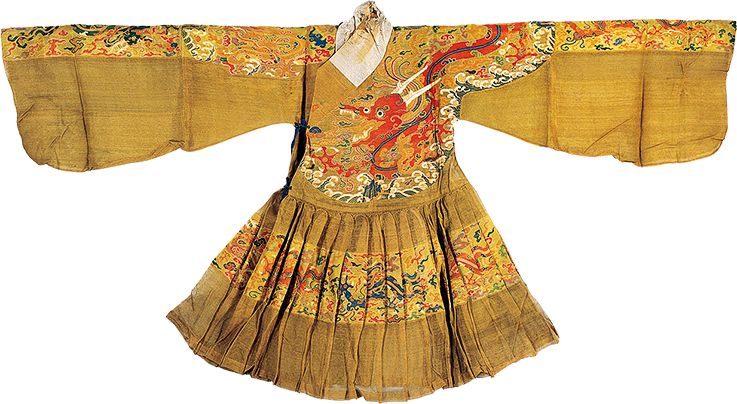
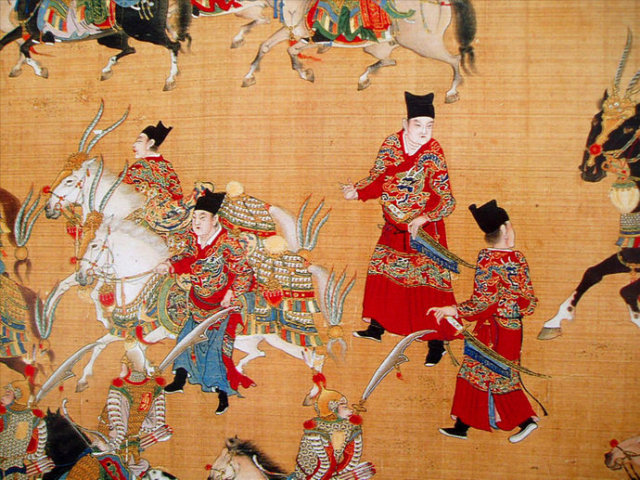
Leave a Reply